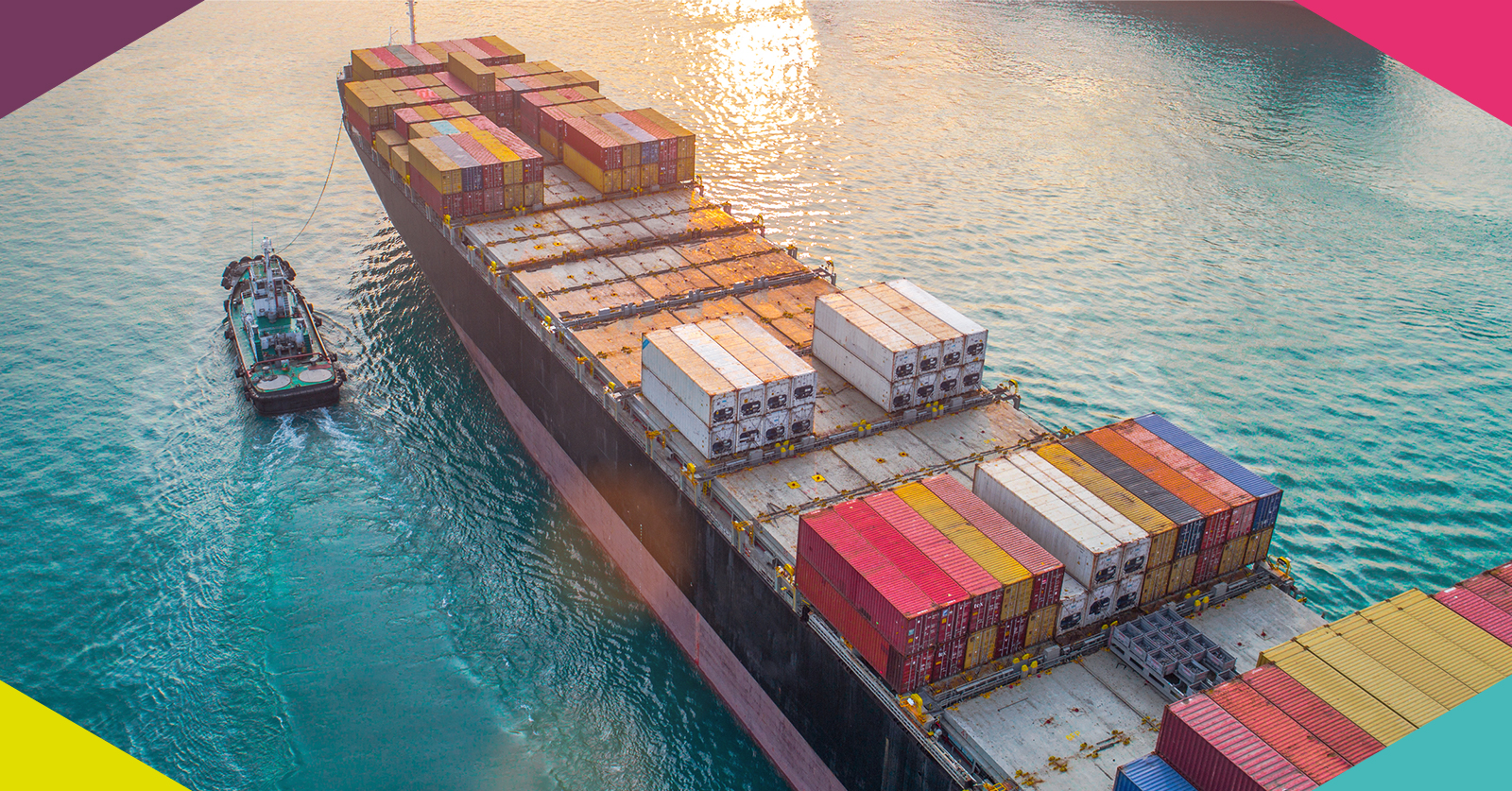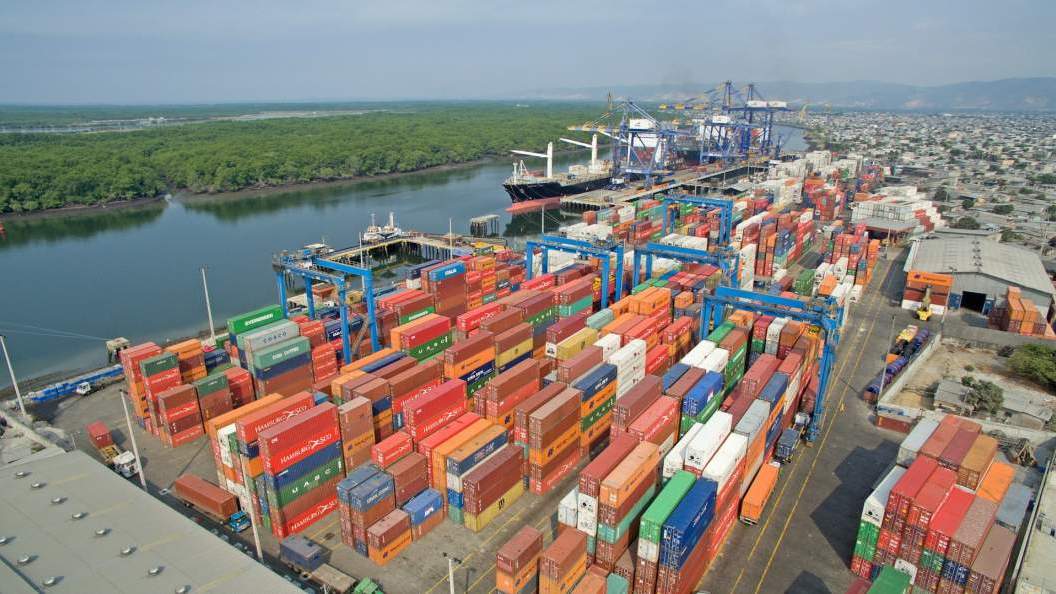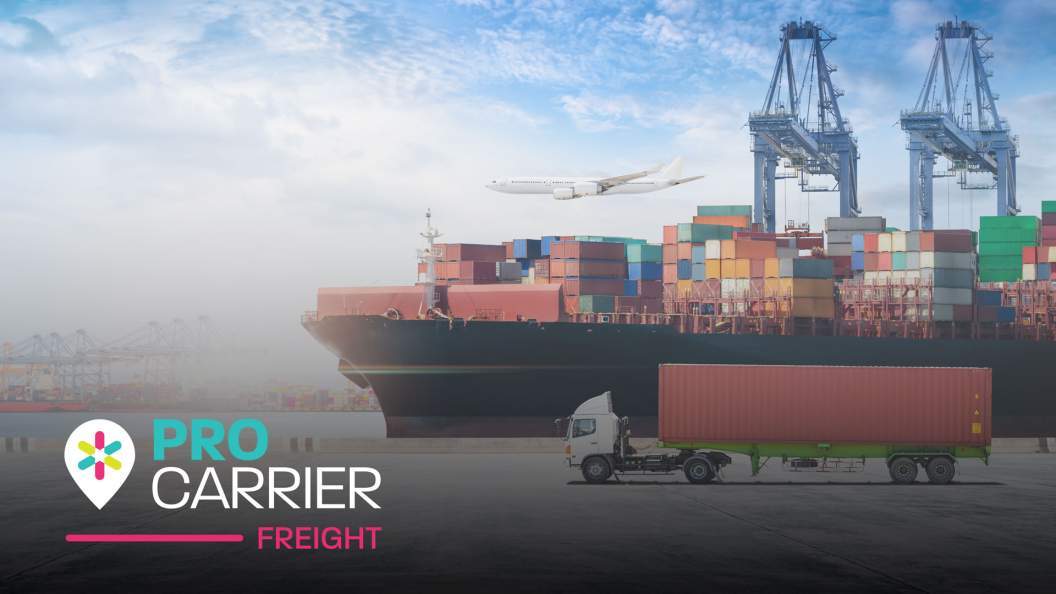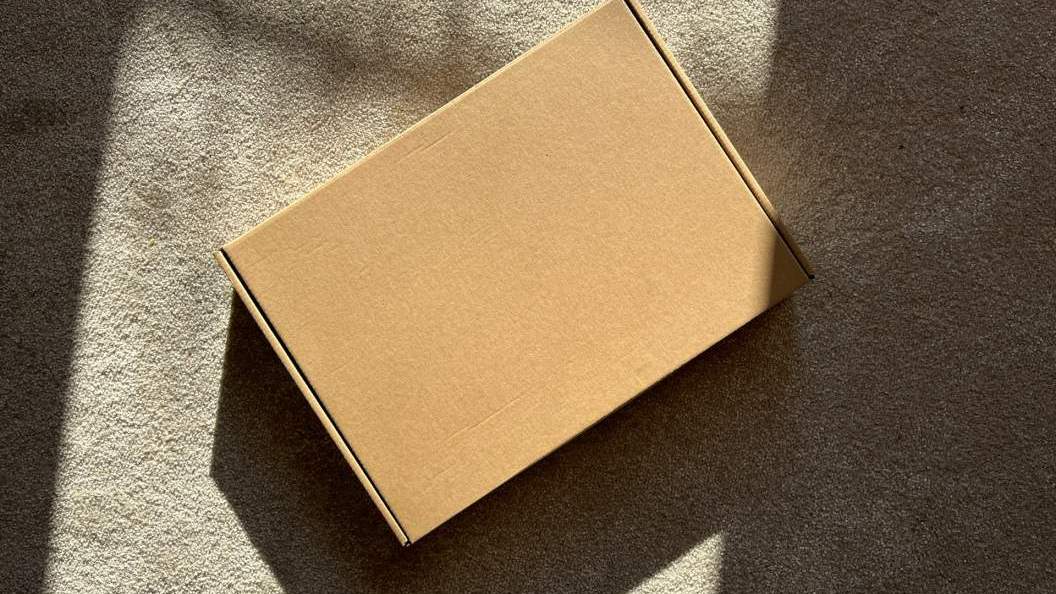Table of contents
- What is an LCL Shipment and What Does it Mean?
- What does LCL Mean, and What is the Process?
- What are the Benefits of LCL Shipping
- Disadvantages of LCL Shipping Include
- What Documents Will You Need to Ship LCL
- How Long for LCL shipping
- Packaging and Labelling
- Palletising Your LCL Cargo
- How can a Freight Forwarder Help
What is an LCL Shipment and What Does it Mean?
Within the shipping industry you will come across two types of standard container, 20ft equivalent unit (TEU) or 40ft equivalent unit (FEU). When you are shipping your goods, you may be able to fill one of these container types, but what do you do if your goods do not entirely fill the forty-foot container?
This is where LCL, or Less than Container Load shipping comes in to its own.
In this short guide you will learn what LCL shipping means, how it works and how you can use it yourself when shipping, we’ll also answer what the differences are between FCL vs LCL to help you understand the benefits of using the service.
What does LCL Mean, and What is the Process?
As stated above LCL stands for Less than Container Load and can also be referred to as Groupage Shipments.
When you fill up a 20ft or 40ft container you will be the only consignee in use of that container.
However, when you are unable to entirely fill the container multiple consignees will use the remaining space to ship their goods as well. When the container arrives at the destination port the goods are then separated into their single shipments. This is done at a container freight station (CFS), who ensure the consolidation and/or de-consolidation of cargo. If you ever find yourself unable to fill up a container with your shipment, LCL is the financially economic solution all reputable freight forwarders can provide.
What are the Benefits of LCL Shipping
Naturally, if you are frequently shipping smaller amounts of goods it is most likely the best option for you to use but using LCL in general will grant you the following benefits:
- The total container costs being shared between multiple consignees allows you to make smaller shipments more frequently.
- You will only ever pay for the volume of goods you are shipping.
- These shipments will be cheaper when compared to using air freight or FCL (Full Container Load) solutions.
- During peak periods when demand is high, LCL shipments can be easier to find than FCL solutions.
- LCL will give you greater control to be able to send shipments whenever you need to rather than waiting to fill up a container.
Disadvantages of LCL Shipping Include
- Due to the handling these goods do require more time when loading and unloading compared to full container load solutions, which can increase lead times
- Being involved with other consignees shipments can potentially lead to customs delays, causing you to miss important deadlines
- It is well known LCL container solutions are more expensive than FCL solutions
What Documents Will You Need to Ship LCL
When exporting LCL there are a number of documents that you will need to acquire in order to ship.
These include:
- Commercial Invoice
- Packing List
- SLI (Shipper’s Letter of Instruction)
- Certificate of Origin
- Bills of lading: you will always need one Bill of Lading but you may need more multiple if you are using intermodal transportation
There may also be other documents that you will need that are dependent on the type of goods you ship from dangerous goods form to cargo receipts.
How Long for LCL shipping
Depending on your origin and destination, sea shipment can take anywhere from 6 to 10 weeks. Due to consolidation and deconsolidation, LCL takes slightly longer than FCL.
Packaging and Labelling
It is highly recommended you invest in sufficient packaging for any LCL shipment.
So how should an LCL shipment be correctly packaged?
Depending on the nature of your goods, it would be advisable to consider the type of boxing you use to package your goods as to make sure it’s right for the shipment. It is also recommended you ensure the correct labelling of your goods and clearly ensure that your details are visible. This is a simple element within the process but doing so makes your cargo less susceptible to loss, damage or confusion with another consignee’s cargo.
When labelling your boxes you should include the following information on each side of the box:
- The name of the shipper
- The name of the consignee
- Freight forwarder contact details
- The country of destination and origin and;
- The booking/reference number of the shipment
Before receiving a quote you will need to provide the total volume of your cargo in cubic feet.
In order to calculate this you will need to measure the length, width and height and multiple them together and if this total is greater than 35.31 cubic feet you will need to ship using FCL. Once you have the total you can then provide it to your freight forwarder to book.
We would advise you instruct your forwarder to organise your cargo is stacked in a uniform fashion in order to reduce the total cubic volume.
Palletising Your LCL Cargo
It is recommended that when shipping cargo you palletise it, especially LCL. This is because all cargo from separate consignees needs to be packed properly and palletised to avoid damaging neighbouring cargo.
It must also be noted that using pallets will increase your overall volume and therefore increase the price. There is also the risk of additional costs being added if discovered that you have reported your volume under what it actually is so make sure all of your details and measurements are correct.
It is recommended you label any pallets that are unable to be stacked, your forwarder should advise you about this. Depending on the type of goods you are shipping, they may not be suitable to stack on top of each other such as fragile goods. We advise that you label any pallets that cannot be stacked to ensure the safety of your own and other consignee’s cargo before they leave your depot.
You may want to let your freight forwarder know whether you wish for some pallets to remain unstacked before shipping.
You may wish to palletise your goods yourself. To reduce the risk of your pallets being rejected by customs it is recommended that you use properly treated wood or plastic pallets. This is to comply with customs regulations.
To browse the full UK government rules and regulations see here.
How can a Freight Forwarder Help
When shipping LCL your freight forwarder will most likely be able to help with many of the factors during the shipping process. A freight forwarder will be responsible for organising the deconsolidation of your cargo when upon arrival of the goods at the destination port. It is important to note that a freight forwarder may also be able to organise storage and distribution of your goods to customers directly.
If you are you looking for a partnership that focuses on quality rather than quantity? Talk to someone direct.
Contact us to start the conversation.



